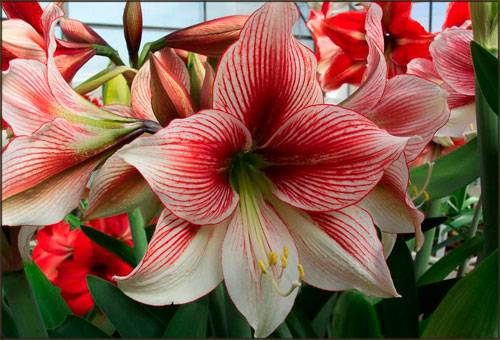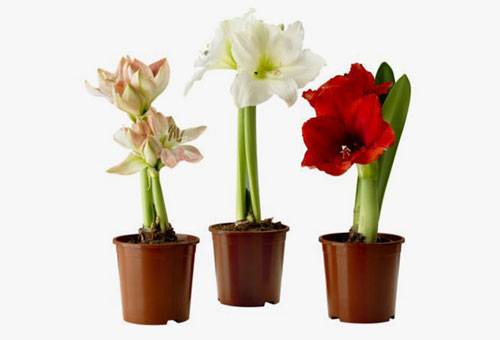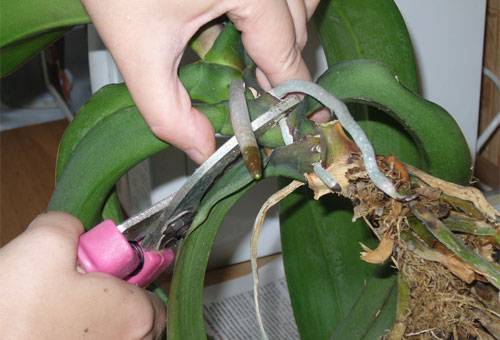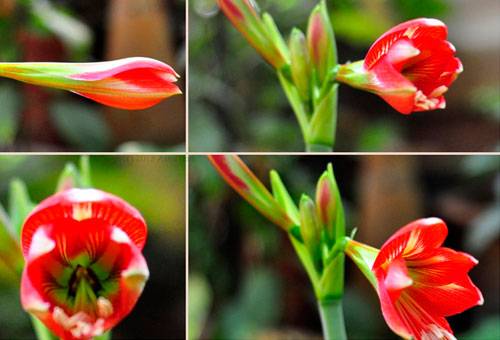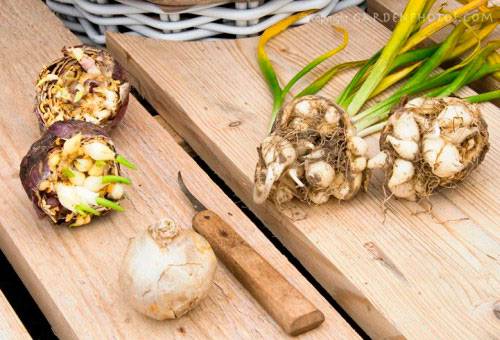How to care for amaryllis at home?
Content:
Large inflorescences of the most varied colors in the form of bells, planted on a high peduncle, and exuding a delicate, delicate aroma - this is amaryllis. Home care for a flower of unique beauty is not at all complicated, which allowed him to gain recognition among flower growers all over the world, from beginners to professionals. Despite the unpretentiousness of the plant, it is necessary to follow the basic rules of its maintenance. They are based on creating the most natural conditions for amaryllis. For high-quality and full-fledged care, the flower will “thank” with regular flowering up to two or even three times a year.
Amaryllis - description, groups, individual features
A perennial flowering bulb plant was introduced to Europe from South America several centuries ago. Its leaves have an oblong, rectilinear shape, arranged in two rows, can reach half a meter in length, not more than 3 cm in width. The bulbs from which amaryllis grows can exceed 10 cm in diameter. Out of them are flower stalks, which during flowering ends with inflorescences from large funnel-shaped flowers of various shades. Each flower consists of six petals, the tips of which are pointed in shape.
All types of these plants can be divided into three groups:
- With non-standard sizes of inflorescences.
- With an unusual color of inflorescences.
- With a modified shape of the petals.
Regardless of the type, the care for amaryllis is approximately the same and can differ only in some specifics.
Plant care begins by creating optimal conditions
Before acquiring amaryllis, you need to make sure that it is possible to create suitable conditions for it, similar in nature to its southern homeland:
- Light is preferred bright and diffused. It is best to keep the plant in the southwestern or southeastern windows. The south window will also be a good option, but during a period of increased solar activity, amaryllis will have to shade.
- The stem will grow strictly vertically only if the pot is regularly rotated.
- Humidity in this case is not critical, but regular leaf treatment with a soft and damp cloth will prevent the occurrence of parasites. A flower loves a wet shower, especially in hot weather. You only need to make sure that moisture does not get into the buds that open.
- Spraying bulbs in a dormant state is strictly prohibited.
These are all important rules on which daily care for amaryllis is based. The technique for performing more specific manipulations depends on what period has come in the life of the plant.
Rules for the periods of vegetation and flowering
Spring vegetation is the time when amaryllis needs the maximum amount of light and heat, but temperature indicators should not exceed 25ºС. The flower stalk begins to be watered as soon as it grows to 10 cm. If you do this earlier, then all the energy of the plant will go into the leaves and you will have to wait with the flowers.
High-quality bulbs give several arrows, the presence of 1-2 peduncles is considered optimal. Excess need to be removed, otherwise the flowering period next year will pass without the formation of inflorescences. On average, amaryllis blooms twice a year.The optimal time for forcing is the period from December to April. Spring and summer are a period of dormancy; plants in these months have time to recover.
With the right approach, the flowering time can be set for any month. To do this, about 8-10 weeks before the planned date, the pots with plants at rest are transferred to a warm and bright room, they begin to water a little, adjusting this indicator to external conditions.
The flowering period of the plant itself lasts up to three weeks. All this time, amaryllis needs careful and uniform watering, a sufficient amount of light.
Tip: The heat-loving flower is adapted for drought, but it does not tolerate excessive moisture very well. To maintain the plant in optimal condition, it is necessary to monitor the quality of the soil. It should be moist, but puddles should not be allowed to form, leading to fluid stagnation.
You can artificially extend the flowering period. To do this, put the pot in a cool place without direct sunlight. Experienced flower growers recommend cutting off the arrow with the flower immediately after opening the bud. In a vase, amaryllis will stand for about the same amount, but this approach will remove the burden from the bulb, ensure rapid restoration of the plant at rest and ensure its faster flowering.
When the amaryllis has faded, the quality of watering is gradually reduced to zero. As soon as the arrow leaves and all the leaves, the pot can be placed in a cool place and put the plant in a dormant state. It is not recommended to cut the leaves, you need to wait until all the organic matter has moved to the bulb. The minimum resting period of amaryllis lasts three months. If you stimulate it earlier, the bulb will not have time to gain strength and will soon die.
Amaryllis transplant and its propagation features
An adult plant is transplanted every 3-4 years, approximately 4-5 weeks after the death of the peduncle. Manipulation is pretty simple. It is necessary to lay out a drainage layer 2-3 cm thick at the bottom of the pot, sprinkle it with sand. We separate the children from the bulb, they can then be planted, growing new plants. Even if no further planting of the children is planned, it is better to remove them together with dead scales and rotten roots. The bulb is treated with liquid fungicide and planted in new soil, it needs to be covered by two-thirds.
Planting amaryllis is not particularly difficult. You just need to perform a number of simple manipulations:
- First you need to evaluate the quality of the children collected during the transplant. The bulb should not have dents, traces of fungal infection, cracks, or signs of rot. Be sure to have your own root system with strong roots. Sluggish drooping bulbs of soft consistency usually do not take root.
- After fixing the baby, the rest period is not carried out. A flower constantly needs watering and top dressing. Then in just a couple of years the bulb will reach adulthood and in a year will be able to bloom.
When planning how to care for amaryllis, it is necessary to take into account the plant's preferences regarding the soil. The substrate should consist of two parts of turf land, which is bred with peat, humus and sand, taken in one part. The diameter of the onion pot should be two centimeters larger than the size of the particular head on all sides.
Common problems, their solutions and prevention
Despite the simplicity of caring for amaryllis, many novice flower growers make mistakes that affect the state of the plant.
- Pale flowers indicate an excessive amount of direct sunlight. Darkening inflorescences and leaves, on the contrary, indicate an unnecessary abundance of coolness and humidity.
- If the leaves have lost their brightness, and the flowers have dropped, this indicates insufficient watering.
- Yellowness on the leaves is a sign of the life of pathogens.
- Amaryllis does not bloom when the dormant period was too short, there are not enough nutrient components in the soil, the plant suffers from cold and lack of light.
With the unique attractiveness of a flower, one must not forget that it is poisonous. Its juice contains a dangerous alkaloid that can cause severe poisoning.
We recommend reading the article on how to save cuttings of roses until spring
